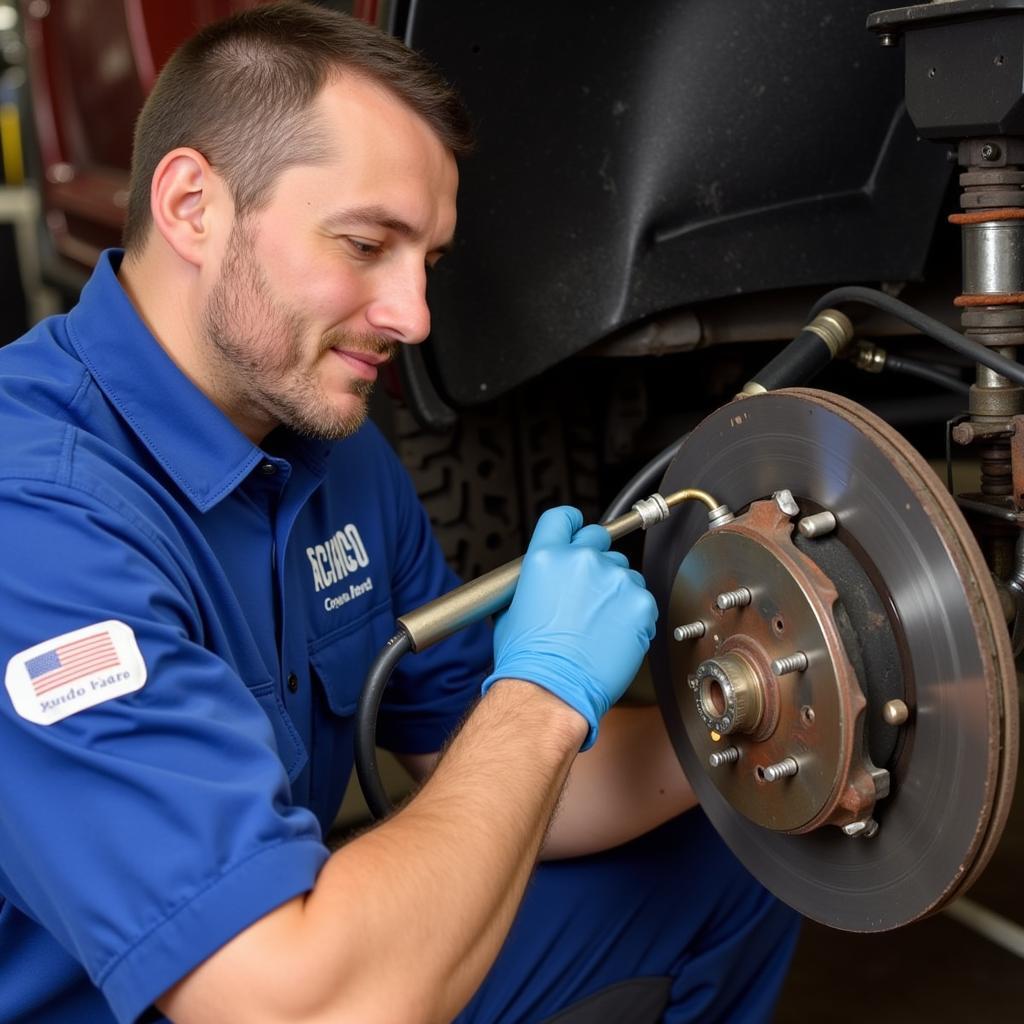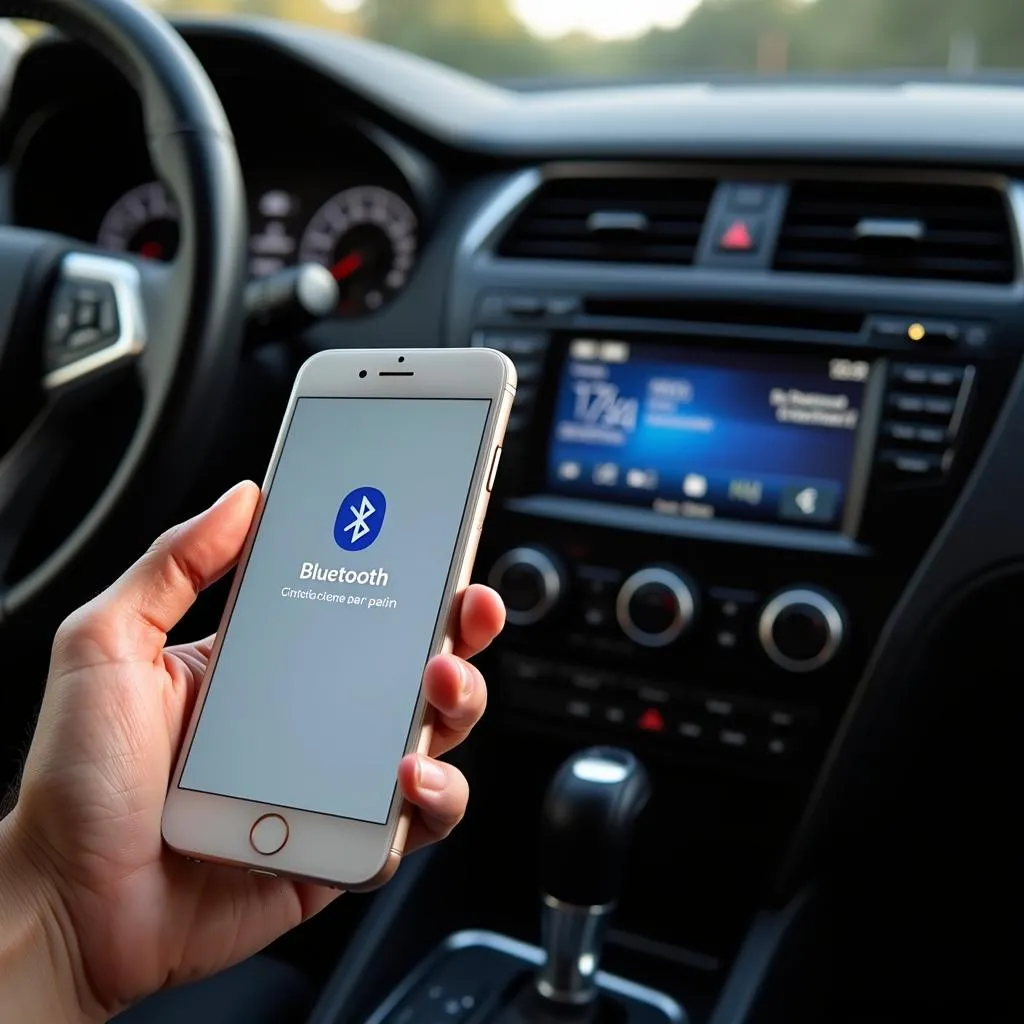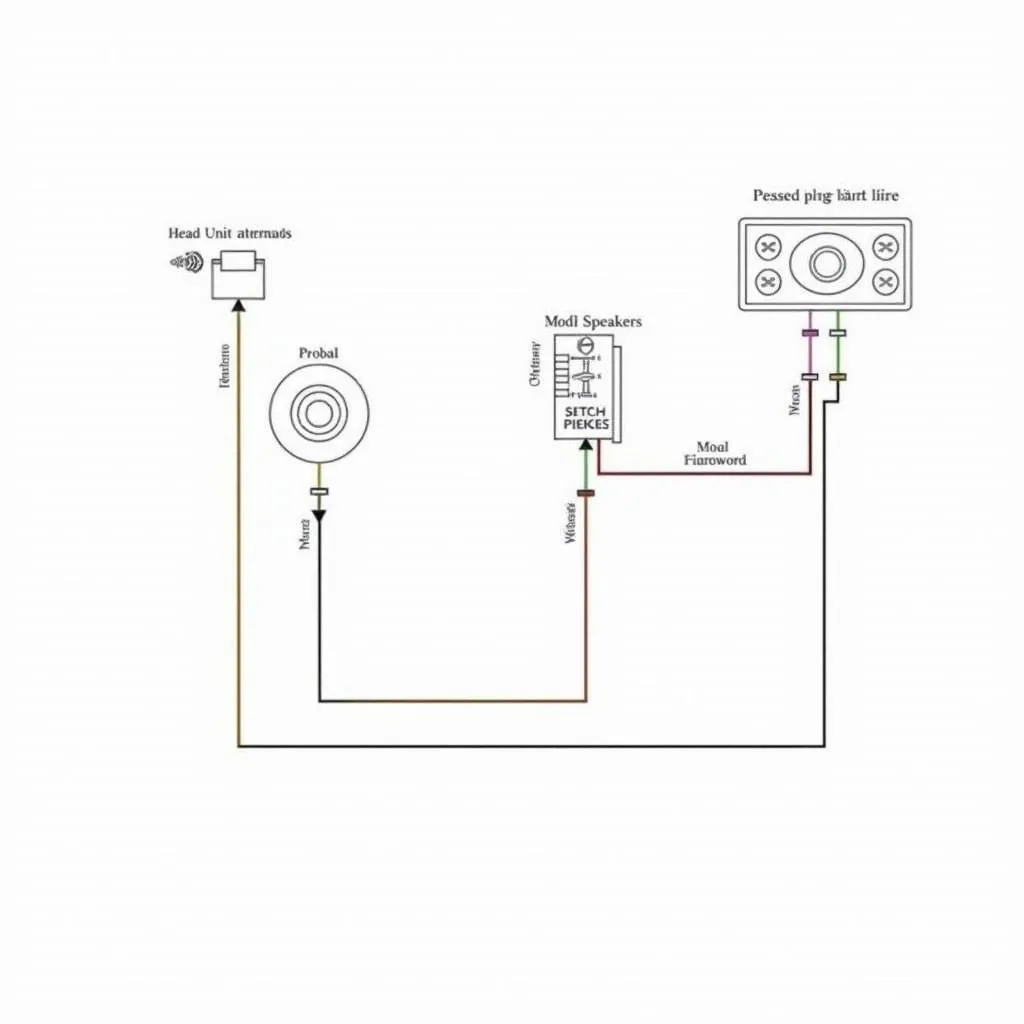So, your brake fluid reservoir looks full, but that pesky low brake warning light just won’t turn off. Frustrating, right? Don’t worry, you’re not alone. This is a common issue that can be caused by several factors. Before you hit the panic button, let’s dive into some possible reasons why your car might be playing this trick on you and, more importantly, how to fix it.
Why Is My Brake Light On If My Fluid Is Full?
While a full brake fluid reservoir usually means you’re good to go, a lit brake warning light suggests otherwise. Here’s a breakdown of the most common culprits:
1. Faulty Brake Fluid Level Sensor
Let’s start with the most straightforward explanation. Your brake fluid level sensor is like the fuel gauge for your brake system. It’s a small component inside the reservoir that tells your car’s computer how much brake fluid is available. If it malfunctions, it might send a false “low fluid” signal even if the reservoir is full. This could be due to:
- Corrosion or debris: Over time, the sensor can become corroded or have debris build-up, interfering with its accuracy.
- Wiring issues: A loose or damaged wire connecting the sensor to the car’s electrical system can disrupt the signal.
- Sensor failure: Like any electrical component, the sensor itself can simply fail.
What to do: If you suspect a faulty sensor, it’s best to have a mechanic diagnose and replace it.
2. W Worn Brake Pads
 Worn Brake Pads Next to New Brake Pads
Worn Brake Pads Next to New Brake Pads
You know those trusty pads that grip your brake rotors to slow down your car? They wear down over time. As they thin, your brake calipers need to extend further to engage the rotors. This requires more brake fluid, which can slightly lower the fluid level in the reservoir, potentially triggering the warning light.
What to do: Check your brake pad thickness. If they’re nearing the end of their life, it’s time for a replacement.
3. Air in the Brake Lines
 Mechanic Bleeding Brake Lines
Mechanic Bleeding Brake Lines
Air in the brake lines is a more serious issue. Brake fluid is incompressible, meaning it transmits force directly when you press the brake pedal. Air, on the other hand, compresses. This can lead to:
- Spongy brake pedal: The pedal feels soft and goes further down than usual.
- Reduced braking power: Your car takes longer to stop.
- The dreaded low brake warning light: Air in the lines can mess with the pressure readings, triggering the sensor.
What to do: If you suspect air in your brake lines, it’s crucial to have a mechanic bleed your brakes immediately. This involves flushing out the old fluid and air bubbles and replacing it with fresh brake fluid.
“Even a small amount of air in your brake lines can compromise your stopping distance,” warns John Smith, Senior Automotive Technician at ABC Auto Repair. “Don’t wait for a spongy pedal. If you notice any changes in braking performance, get it checked out.”
4. Brake Fluid Leak
A leak in your brake system is a serious safety hazard. It can cause a rapid drop in brake fluid level, leading to brake failure. Here’s what to look out for:
- Visible leaks: Look for puddles of fluid under your car, especially near the wheels or under the brake master cylinder.
- Low brake fluid level: If the fluid level in the reservoir is consistently low, even after refilling, it’s a telltale sign of a leak.
What to do: If you suspect a leak, do not drive your car. Have it towed to a mechanic immediately to diagnose and repair the leak.
Don’t Ignore The Warning Signs
While a “low brake warning” with a seemingly full reservoir can be confusing, it’s crucial to take it seriously. Ignoring it can lead to costly repairs and, more importantly, compromise your safety on the road.
Remember: This article provides general information and should not be considered a substitute for professional advice. Always consult a qualified mechanic for diagnosis and repair of any brake-related issues.


